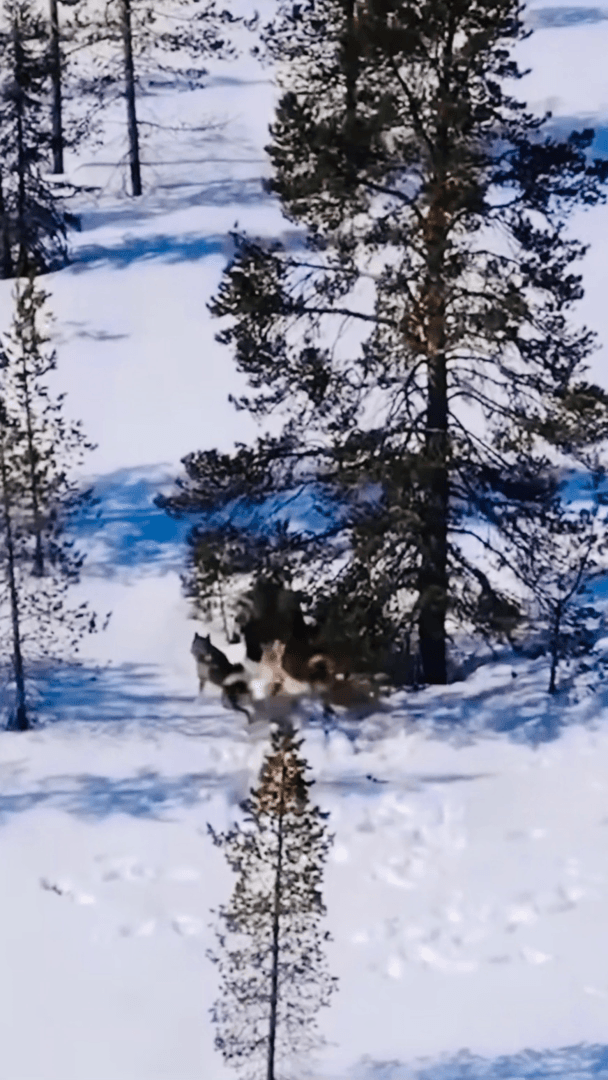
Hunting Seasons in OULU: General Regulations, Protected Periods, Obtaining Hunting Licenses and Practical Hunting Strategies Oulu's unique position in northern Finland creates exceptional conditions
Post: 14 August 16:06

Post: 14 August 16:06

Post: 14 August 16:02

Post: 7 August 11:02

Post: 29 July 20:58

Post: 29 July 16:16

Post: 29 July 13:25

Post: 28 July 13:08

Post: 24 July 20:47

Post: 18 July 21:41

Post: 17 July 20:53

Post: 9 July 06:18

Post: 2 July 06:05

Post: 27 June 09:02

Post: 5 June 17:38

Post: 8 May 13:11

Post: 29 November 12:12

Post: 15 November 09:58

Post: 19 September 17:48

Post: 25 November 17:58

Post: 21 July 19:32

Post: 29 April 15:24

Post: 26 April 14:06

Post: 24 November 09:26

Post: 22 May 18:34

Post: 10 May 20:32

Post: 22 August 13:30

Post: 21 August 09:20

Post: 19 August 14:16

Post: 20 November 23:13

Post: 26 June 12:51

Post: 19 June 12:21

Post: 16 May 11:05

Post: 10 May 20:23

Post: 15 January 02:08

Post: 6 December 09:26

Post: 20 October 17:44

Post: 30 May 18:33

Post: 10 March 00:25

Post: 4 September 07:47

Post: 4 September 07:26

Post: 11 June 23:43

Post: 27 May 12:57

Post: 22 August 13:32

Post: 14 August 14:51

Post: 13 June 22:28

Post: 16 May 07:35

Post: 19 September 09:42

Post: 25 July 11:31

Post: 19 April 17:47

Post: 10 September 07:02